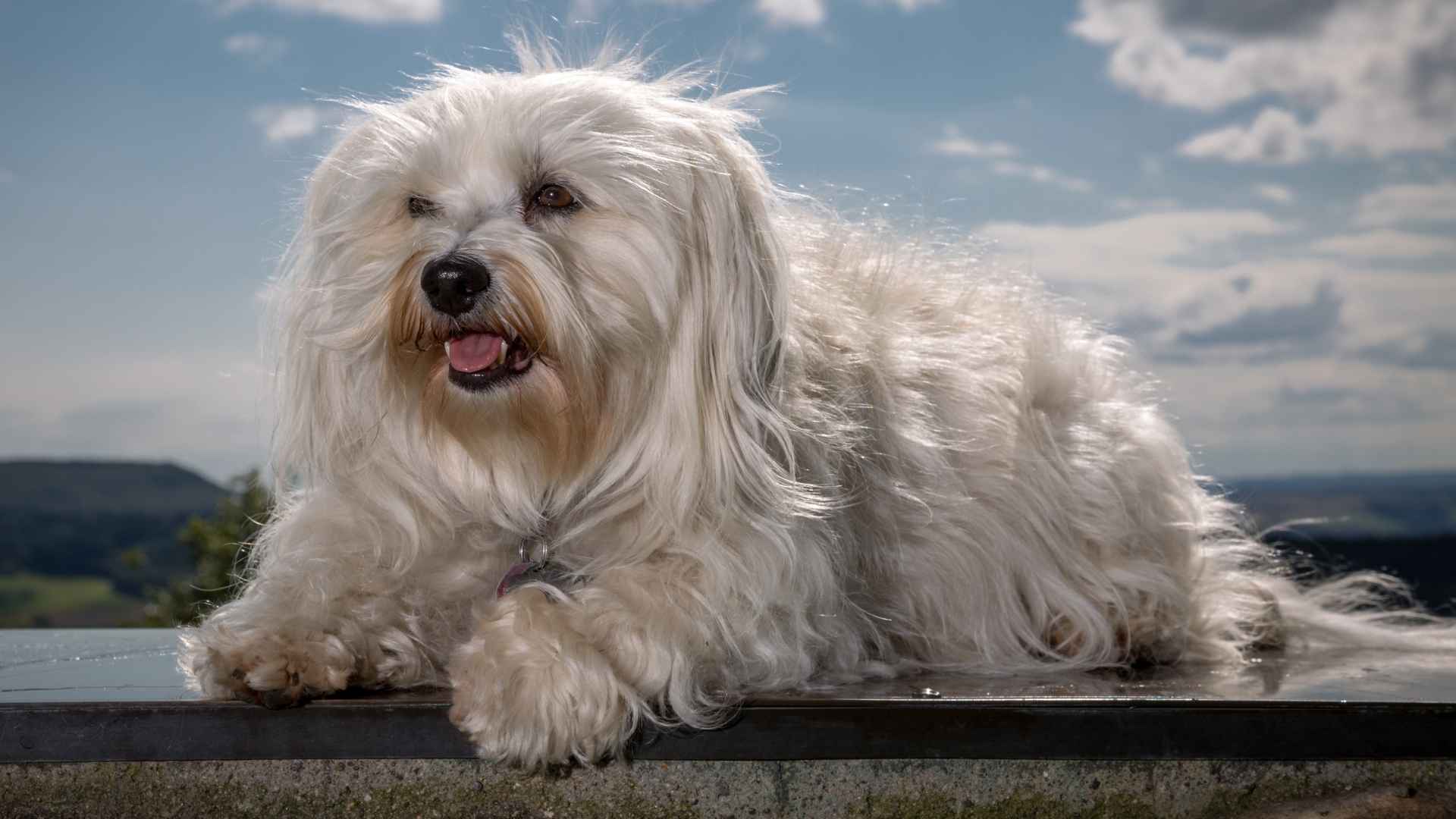History isn’t just written in books—it walks, barks, and wags its tail. Cuba, rich in revolution and culture, also gave the world something less talked about: dog breeds with powerful backstories.
These pups have lived through colonial times, economic struggles, and the everyday joys of Cuban life. Some were protectors. Others were companions to the poor and rich alike. Each has a role in the island’s untold story. If you love dogs and appreciate a good origin tale, this list is for you.
We’re digging into 7 Cuban dog breeds that represent resilience, warmth, and a legacy that refuses to be forgotten. They may not be in the spotlight, but they’ve certainly earned their place in history—and in your heart.
Cuban Dog Breeds
1. Havanese
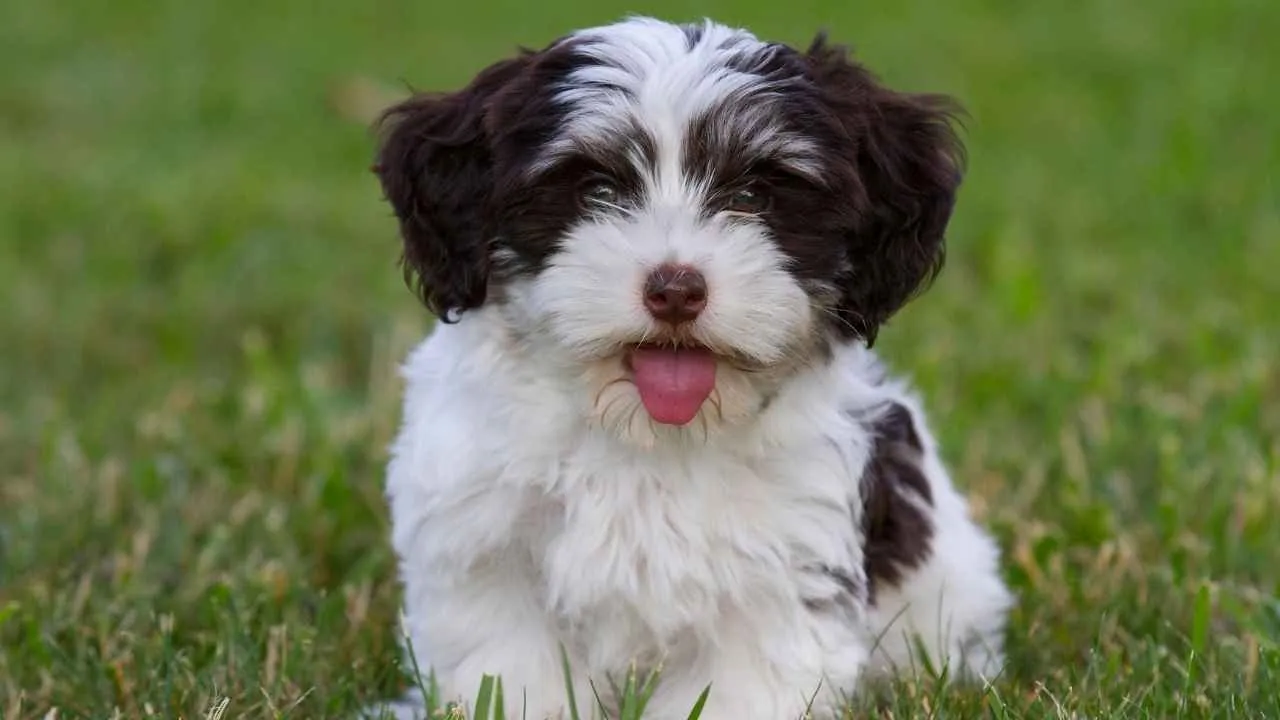
The Havanese is Cuba’s only native breed, originally developed as a companion for wealthy Cuban families, as highlighted by Purina.
Despite its toy size, it’s no delicate wallflower — this little dog thrives on human connection and isn’t shy about making its presence known. It’ll often shadow its favorite person around the house like a furry sidekick with something to say.
All fluff with real function
What makes the Havanese breed stand out is its lightweight, springy gait and signature silky coat.
Havanese coat once helped them adapt to Cuba’s humid climate by keeping them cool while offering light protection. It needs regular brushing, but shedding is minimal, which is great news for indoor living.
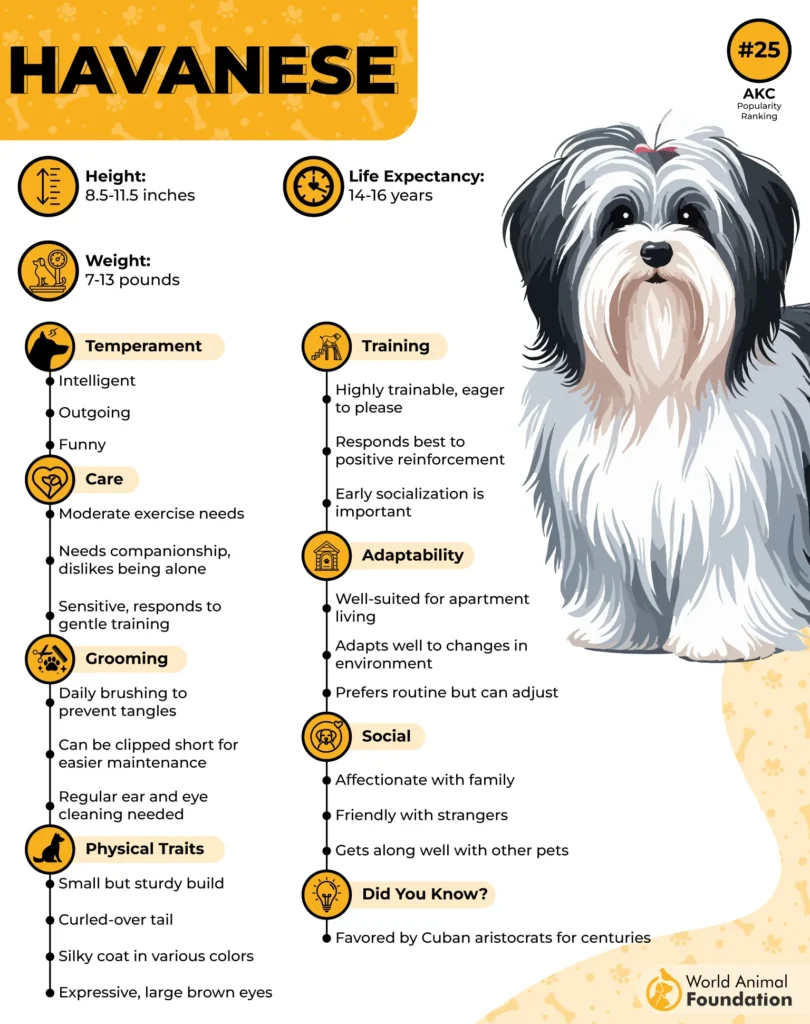
Personality packed into a tiny frame
Havanese dogs are known for being smart, playful, and surprisingly trainable. They’re often described as “velcro dogs” — affectionate without being overly clingy.
Their expressive eyes and natural sense of humor make them a hit with children and adults alike, and their eagerness to please makes early training a breeze.
Longevity with a lovable twist
Many Havanese puppies live well into their mid-teens, often staying active and alert even in their senior years. They’re emotionally intuitive, meaning they respond well to calm households, laughter, and plenty of gentle attention — all in all, a lifelong companion in a petite, cheerful package.
2. Dogo Cubano
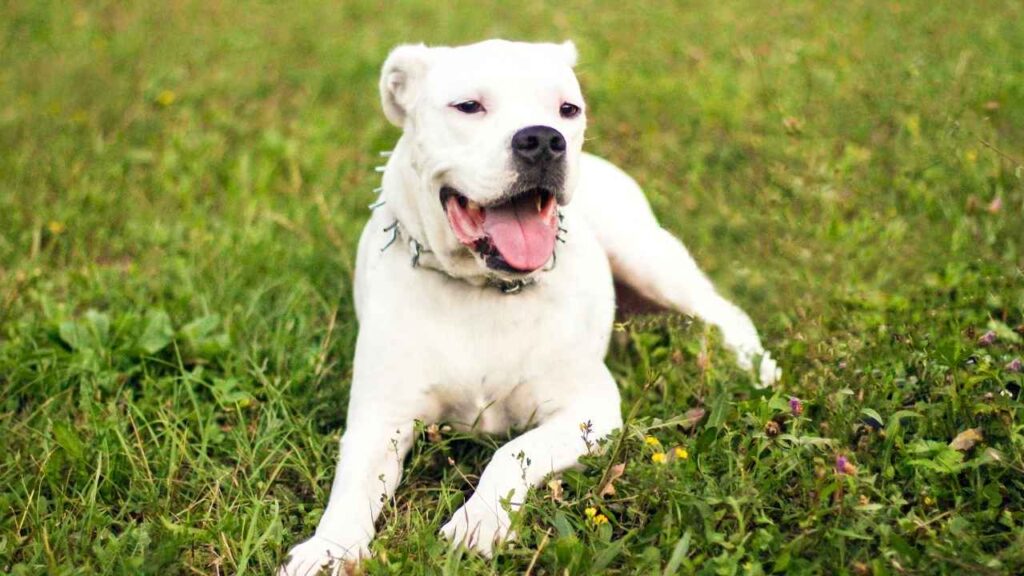
The Dogo Cubano was a powerful dog breed of Cuba, historically used during colonial times for guarding property and, regrettably, in slave-catching operations.
This breed wasn’t just known for its sheer strength, but also its territorial instincts and strong sense of loyalty, which made it highly valued in high-security roles.
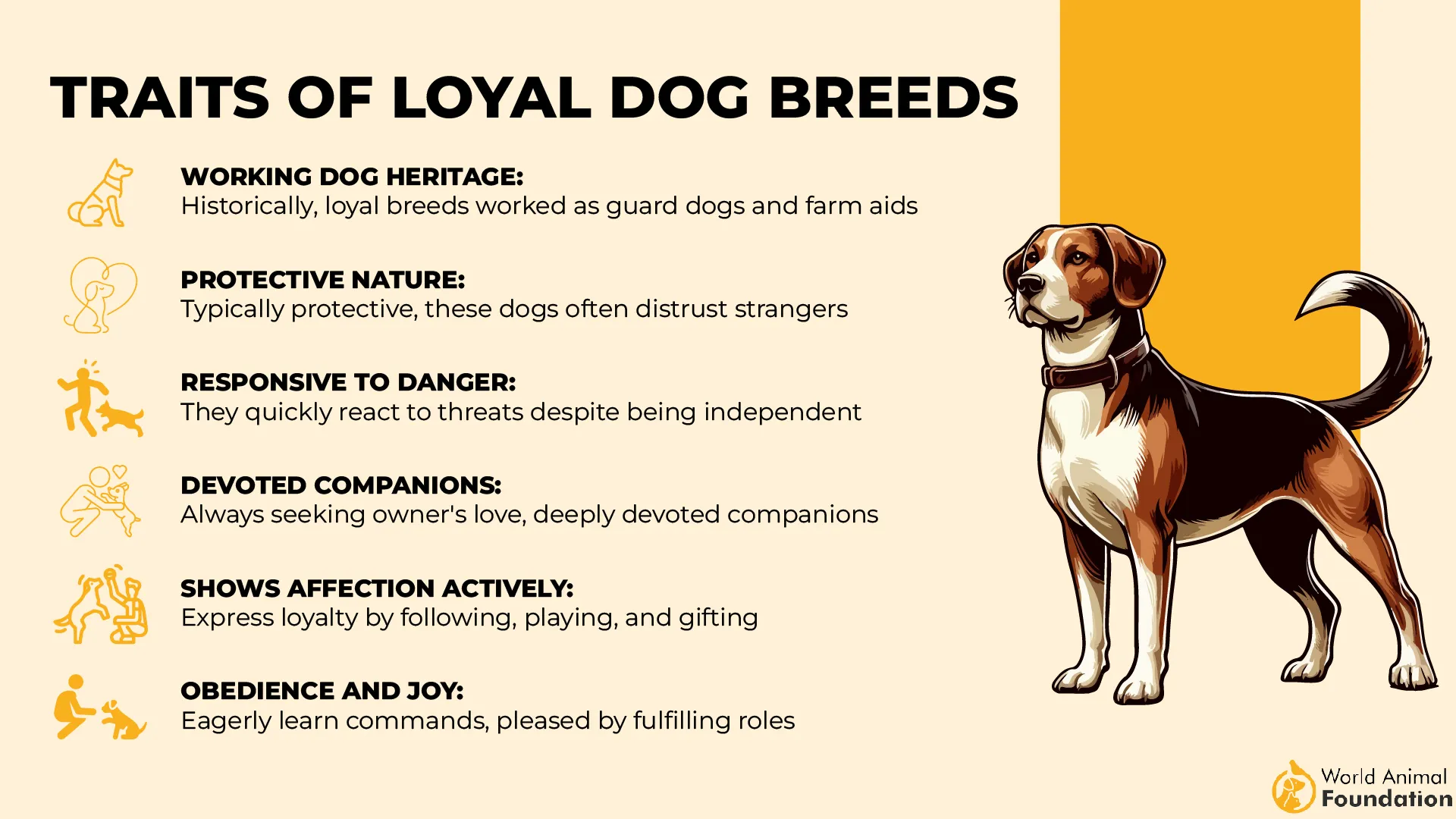
Physique that commanded attention
The dog’s coat was short and dense, typically appearing in shades of brindle or solid dark colors. Built with a broad chest and muscular limbs, the Dogo Cubano had a blocky head and strong jawline that closely resembled modern mastiffs. Its robust build made it intimidating, but also capable of handling harsh environments with ease.
Not your average household companion
This breed wasn’t particularly known for being sociable with other dogs or unfamiliar humans.
For pet owners, this meant consistent training and firm handling were necessary to manage their dominant instincts. It was never meant to be a cuddly lapdog but rather a working dog with clear tasks and boundaries.
A breed lost to time, but not forgotten
Due to changes in Cuban society and the fading demand for such guardian roles, the breed eventually became extinct. However, it holds a notable place in Cuba’s canine history and has influenced several modern mastiff lines.
3. Cuban Bloodhound
Originally developed in Cuba for tracking enslaved people during colonial times, the Cuban Bloodhound was prized for its exceptional scenting ability and determination. Its strong tracking instinct made it effective in dense terrain and tropical climates, where most breeds would struggle.
Physical traits built for the job
This breed had a powerful, well-muscled body, long ears, and a heavy head similar to the modern Bloodhound, but with a slightly more compact frame. Its loose skin folds around the neck and face helped trap scent particles — an essential feature for effective scent work.
Working drive and intense focus
Cuban Bloodhounds weren’t naturally social with other animals and needed early introductions if expected to live peacefully with them.
They had a single-minded working mentality, often ignoring distractions when following a trail, making them ideal for search tasks but not casual house pets.
Not ideal for first-time pet parents
Due to their strength and persistence, this breed needed confident handling and structure. If not properly trained, their instincts could take over, leading to stubborn or territorial behavior. Though generally healthy, their facial folds needed regular care to avoid infections in Cuba’s humid climate.
4. Cairnese
The Cairnese, a mix between the Cairn Terrier and the Havanese, brings together bold confidence and playful charm. Small in size but big in personality, this hybrid is known for its curious nature and cleverness, often catching on to new routines quickly.
Social from the start
Early socialization is key to managing their alert tendencies, especially since they can be suspicious of strangers. When introduced properly, they get along well with other pets and thrive in environments where companionship is constant.
Brains that need busy work
They respond best to games, tasks, and training that challenge them mentally. Without regular mental stimulation, they may turn to barking or digging just to stay engaged — a common quirk in this brainy mix. Puzzle toys or short trick sessions help keep them balanced.
Naturally affectionate and lively
Cairnese are known to be friendly dogs, often sticking close to their human companions and seeking out attention. They may not be lap dogs in the traditional sense, but they’ll happily follow you from room to room, always eager to be involved.
5. Cheenese
The Cheenese, a hybrid of the Chihuahua and Havanese, stands out for its spirited attitude and affectionate side. This small designer breed often inherits the boldness of the Chihuahua and the softer, more adaptable qualities of the Havanese, making for a well-balanced companion.
Trainable, with a little patience
While they’re eager to please, their independent streak can show up during training. Consistency is essential, and short, reward-based sessions work best. One of the most effective training tips for this breed is to start early and avoid overcorrection — they respond better to praise than pressure.
Personality that adapts well
With a gentle nature that contrasts their sometimes sassy expressions, Cheenese dogs often surprise people with how well they settle into routine. They are especially well-suited for first-time dog owners looking for a new pet that’s low-maintenance but still interactive.
Long life, lasting love
Their life expectancy often ranges between 12 to 18 years, with many Cheenese living even longer when given proper care and regular vet checkups. Small but sturdy, they thrive best in homes where their emotional needs are met through daily interaction and bonding time.
6. Cavanese
The Cavanese, a cross between the Cavalier King Charles Spaniel and the Havanese, brings together two affectionate breeds in one compact companion. What makes them particularly appealing is their ability to adapt to just about any living situation while maintaining a consistently cheerful demeanor.
Perfect for cozy living
As classic apartment dogs, Cavanese thrive in smaller spaces without sacrificing their energy or sociability. They don’t need a huge backyard — just daily walks and play sessions indoors to stay happy and stimulated.
Tiny but resilient
Although small in size, the Cavanese is considered a sturdy toy breed, able to handle active children and daily family routines without being overly fragile, as per Pet Guide. This durability, combined with their playful nature, makes them a favorite among multi-person households.
Healthy and long-living
With good breeding practices, the Cavanese is a generally healthy breed, often living 12–15 years. Routine vet care and attention to their dental hygiene go a long way in ensuring they stay sprightly well into their senior years.
7. Crested Havanese
The Crested Havanese is an uncommon hybrid that brings together the soft-coated charm of the Havanese with the distinctive, hairless elegance of the Chinese Crested.
What makes this breed stand out is the unexpected fusion of silky fur on certain parts of the body and hairless sections on others, giving them an almost designer-dog appearance.
Low-shedding and allergy-friendly
Thanks to the Chinese Crested lineage, many Crested Havanese dogs are ideal for allergy-sensitive households. Their grooming routine depends on which coat type they inherit, but they usually require more skincare than brushing, especially for the exposed areas of skin prone to dryness or irritation.
Charming temperament with a touch of sass
Despite their delicate look, these dogs have big personalities. They’re playful, observant, and often develop strong bonds with their people. However, they can be a little wary of strangers, making early exposure to different environments and people essential to avoid clingy or nervous behavior.
Not your average lapdog
Crested Havanese dogs are surprisingly athletic and agile for their size. They enjoy light agility games and interactive play. Their alertness and curiosity make them excellent watchdogs, without the yappy tendencies often associated with toy breeds.
Conclusion
These breeds didn’t just appear—they were shaped by Cuba’s climate, culture, and challenges. Some still carry traits passed down from the breed’s ancestors, who once roamed sugar plantations or lounged in aristocratic homes.
The only dog breed officially native to Cuba, the Havanese, is now one of the most beloved purebred dogs worldwide. Known for their affectionate nature, these small dogs thrive on human connection and should be socialized from a young age.
Whether you’re drawn to high-energy breeds or more relaxed companions, Cuban dogs offer a range of personalities. Just be mindful of each dog’s weight, ensure a balanced diet, and commit to frequent grooming for optimal health.
Choosing one through a reputable breeder helps guarantee ethical care and proper lineage. When nurtured from an early age, they grow into loyal companions who carry the soulful legacy of an island in every pawprint.


